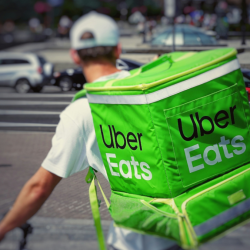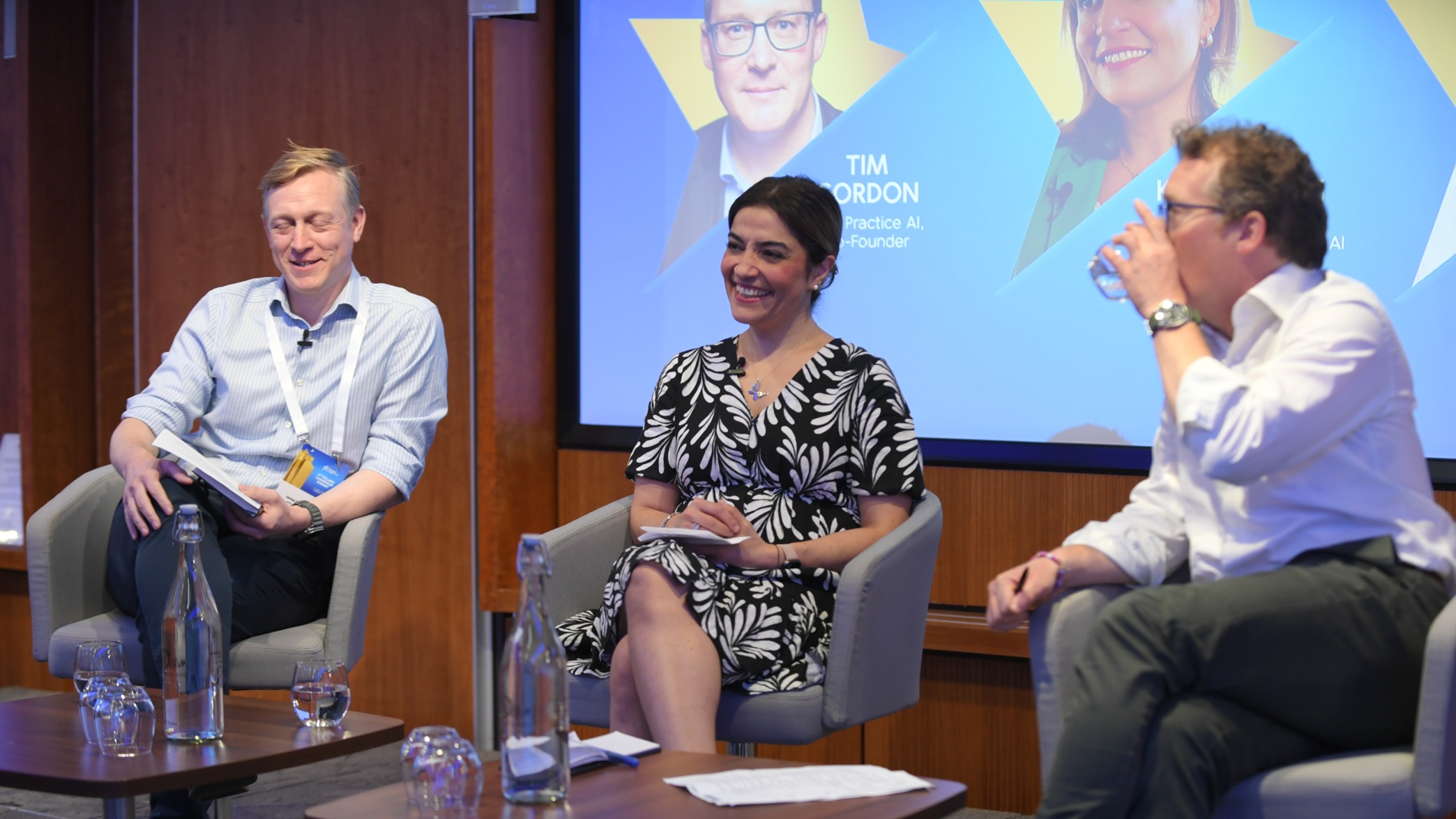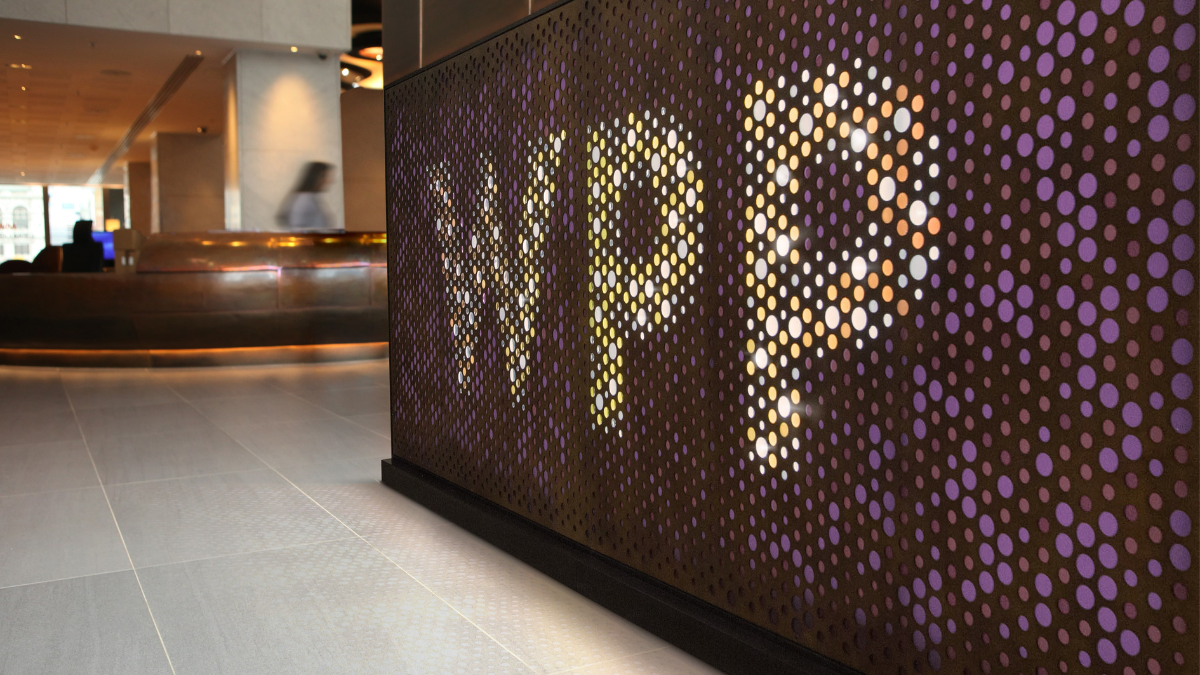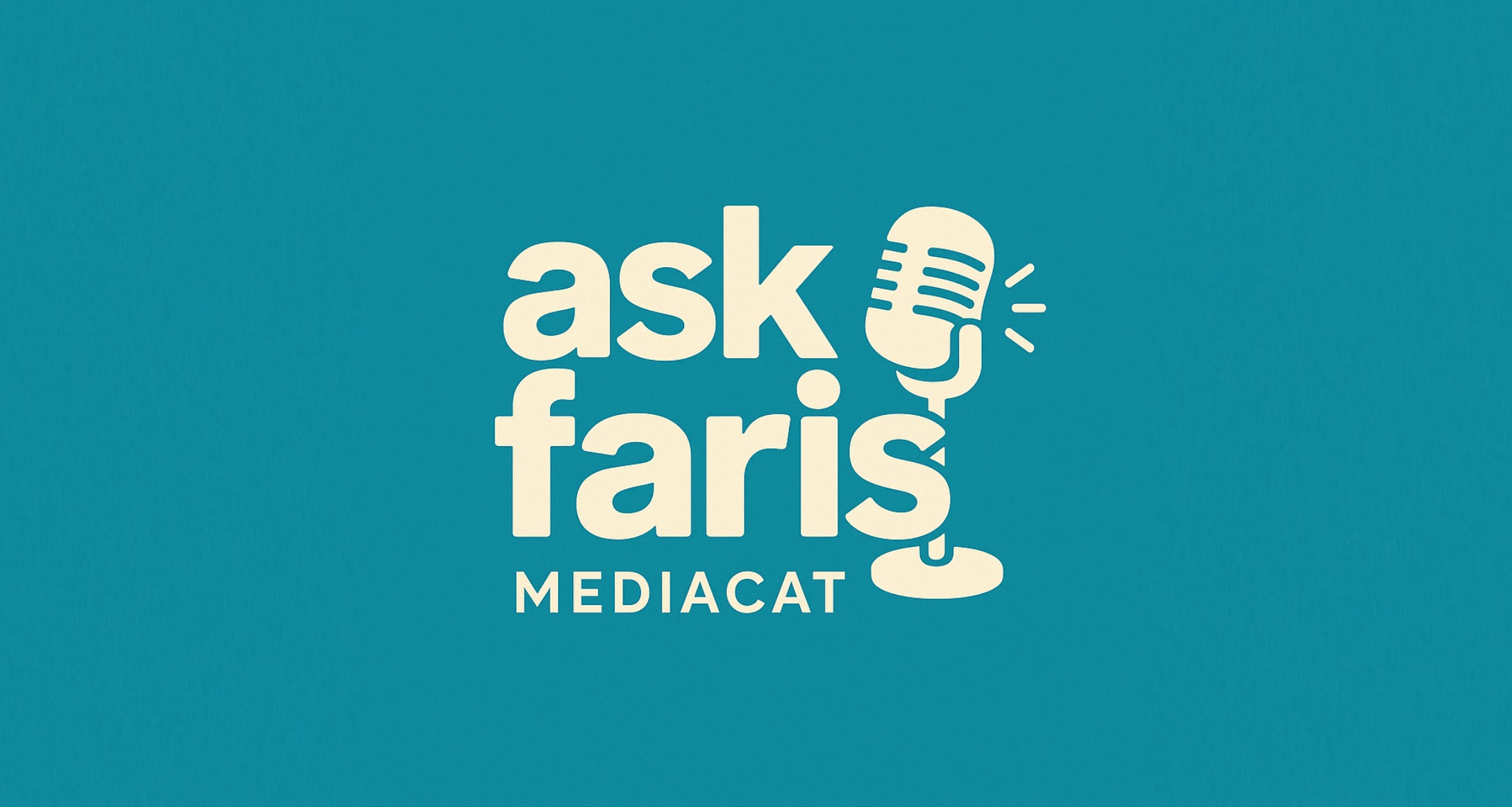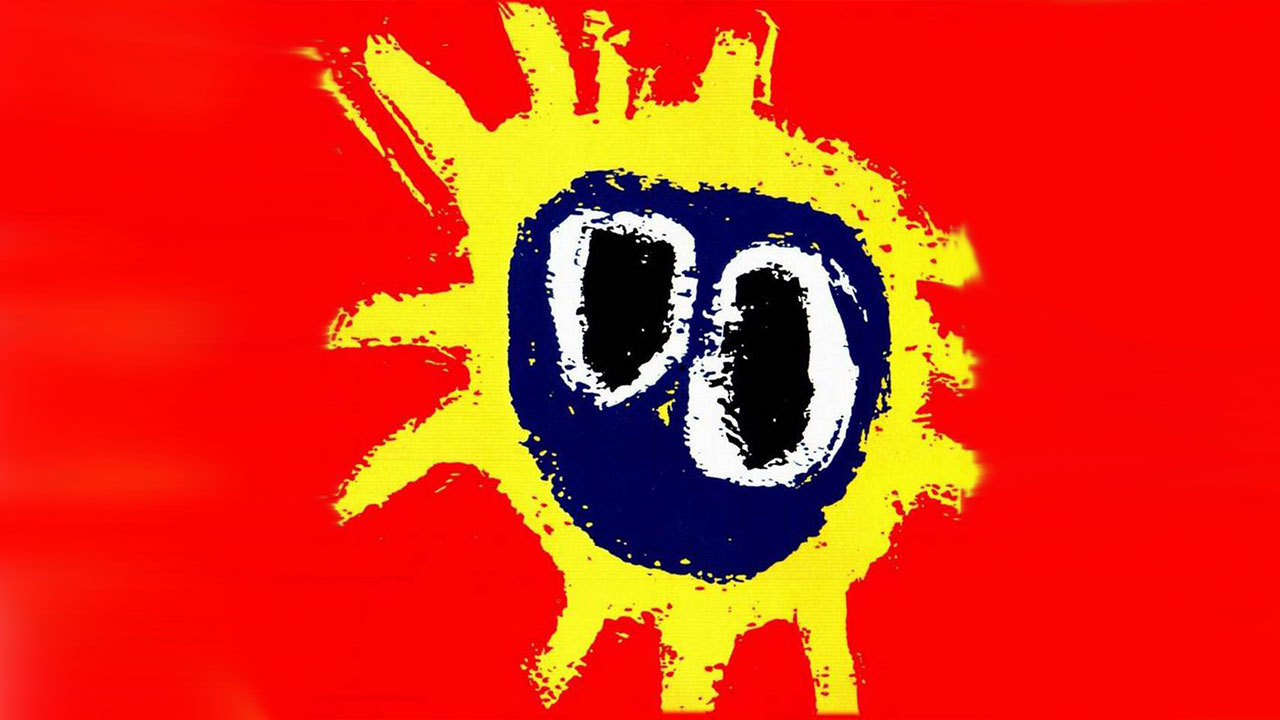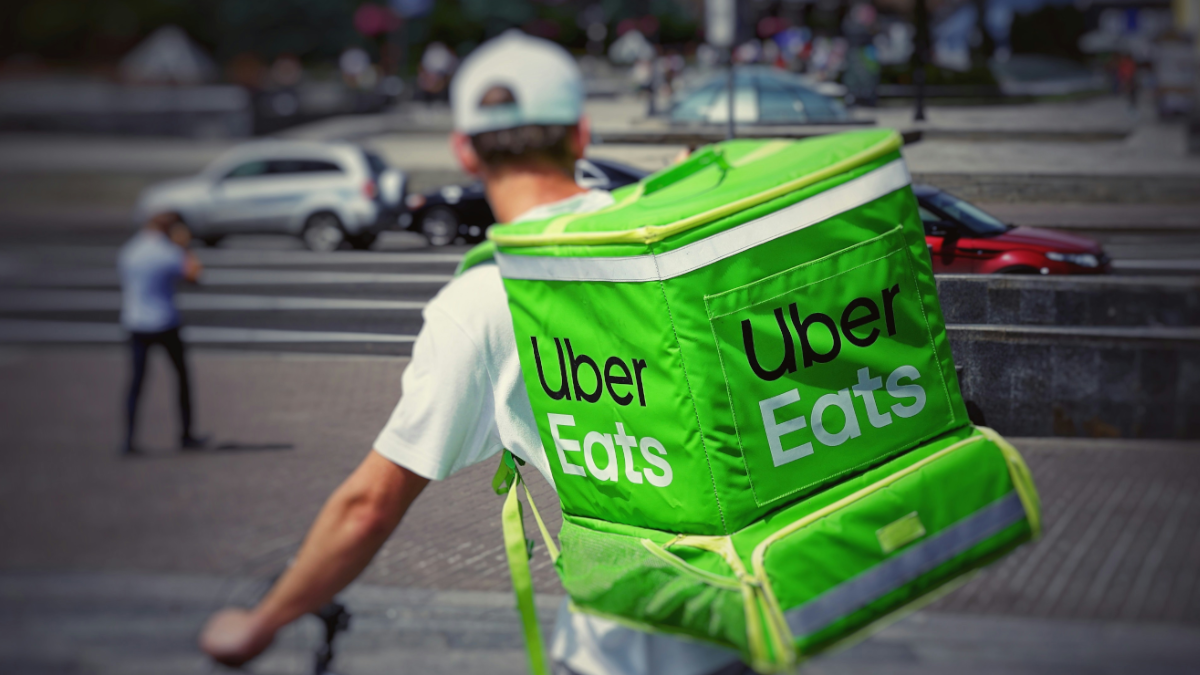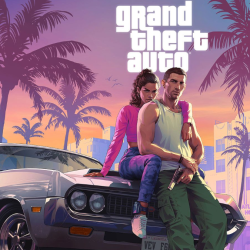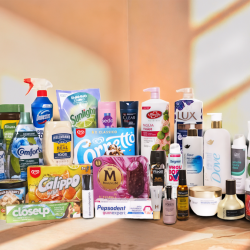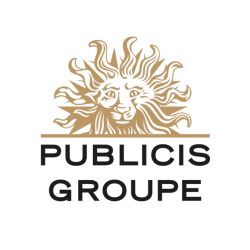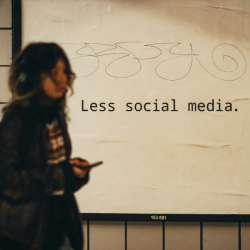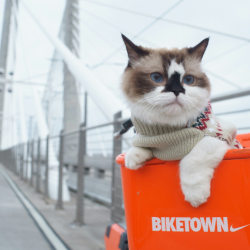Earlier this year, partnership management platform Impact.com and global app-linking platform URL Genius released the findings of their Commerce Creator Lightning Survey. Simon Bedding, enterprise account executive at Impact.com, discussed the survey results with MediaCat, sharing advice for advertisers seeking to partner with influencers this holiday season.
Impact.com teamed up with URL Genius to publish the Commerce Creator Lightning Survey earlier this year. What were the key takeaways from this research? Was there anything that surprised you?
There were a huge number of takeaways from the survey, all of which are useful in helping brands, agencies and partners understand the industry and each other, while reinforcing the fact that fruitful partnerships are all about collaboration.
One key takeaway, highlighting a potentially tense area, is that over half of the surveyed brands prioritise creative control, while 35% of creators favour complete creative freedom. Both of these are entirely legitimate positions, but clearly, an insight like that reinforces the need for brands and creators to find the correct fit and carefully agree the terms of engagement before work begins. Brands and creator partners need to work together and foster mutual trust if they are to drive success through amazing creative and compelling messaging, and the right platform enables you to build that foundation.
Elsewhere, the survey revealed that measurement and analysis are important subjects for all parties. Brands and advertisers look to sales numbers and engagement metrics to judge success, with 41% saying that measurement is a common challenge. Similarly, influencers responded that there is real concern surrounding how their creative is measured, with many worried that the process is beyond their control.
Creators are also referencing issues surrounding content creation and maintaining a work/life balance. Creator partnerships have developed to such an extent that people are forging hugely lucrative careers from what were initially hobbies. From a human perspective — and the partnership economy is all about injecting a human, authentic element into advertising — it’s valuable to see how going pro is affecting these creators and their lives.
92% of brand respondents said they were satisfied with influencer marketing. This is an impressive percentage. What are the key benefits of partnering with creators?
There are numerous benefits to partnering with creators, which is why this form of marketing is proving such a hit. First of all, the advertising industry is in a state of flux thanks to rising costs and declining results, driven largely by people’s over-exposure to advertising and their diminishing faith in the messages it brings them. For brands, collaborating with creators and other types of partners provides a dynamic, innovative, and technology-driven way of connecting with audiences that also drives results. Because it is performance based, it is cost-effective and carries reduced risk. Brands only pay for the outcomes they agree upon.
Research has shown that 31% of social media users find new products through influencers, and Goldman Sachs predicts that the creator economy will be worth a potential $480bn (over £377bn) by 2027. These are statistics brands, advertisers and marketers can’t ignore.
Fundamentally, partnership marketing works because it builds trust between a brand and its audience. Creators, for example, offer an engaged audience that knows and trusts their opinions, and this trust is contagious when it comes to the brands a creator works with. Brands benefit from creator-audience trust, enabling them to reach consumers with a degree of authenticity that traditional advertising can no longer muster.
You mentioned the importance of and challenges with measuring the effects of influencer marketing. Which metrics are most useful?
The challenges tend to be around accurate attribution, aggregating siloed data, agreeing upon the goals of a campaign, and the qualitative vs quantitative conundrum. Fortunately, the technology with which we measure the impact of a campaign is increasingly robust, and partnership marketing stands as one of the most measurable forms of digital advertising.
Different metrics are useful for different stakeholders. Brands tend to focus on engagement and reach metrics, along with web traffic and generated sales, whereas an agency might focus on consideration metrics that show content has driven a consumer towards searching for more information. On Instagram Stories, that might be click-through rate; on YouTube it would be watch rate.
More than 50% of creators started sharing holiday content before October. Can you comment on the type of content we are seeing?
The holiday season starts around October, so most creators are already sharing festive content. For obvious reasons, brands go massive during the holiday season but, despite this period having its own pulse, campaign goals should be broadly similar to any other time of the year. Brands should focus on everything from ROAS, to CTR and ROI.
I always think the holiday season gives micro-influencers a bigger opportunity than usual. They usually don’t charge a premium price, and you get to reach a broader variety of consumers, which is important when the festive period means different things to different people and faiths.
In terms of content, that depends a lot on the creator and the brand they partner with. Given that marketers are increasingly targeting niche audiences, the variety of social content produced is extremely broad. However, in each case, the most successful content is that which establishes a trusting, authentic relationship between a brand and its audience, courtesy of a creator’s content.
What advice do you have for brands seeking to partner with influencers this holiday season?
I would say it’s not too late to partner with creators to take advantage of the huge opportunity the season offers. Forecasts suggest that over this period consumers will spend a mind-blowing £25.9bn online in the UK alone — up 6.1% from 2023 — so there’s plenty of incentive to get in on the action.
The holiday season also provides a great opportunity to deploy some tried-and-tested campaign tactics. Offer consumers a deal, for example, or try to create a sense of community with an influencer event or contest. Finally, use a bit of festive cheer to get people in the mood and embrace the unique nature of the season through authenticity and trust. Happy holidays!
Featured image: Inga Seliverstova / Pexels


